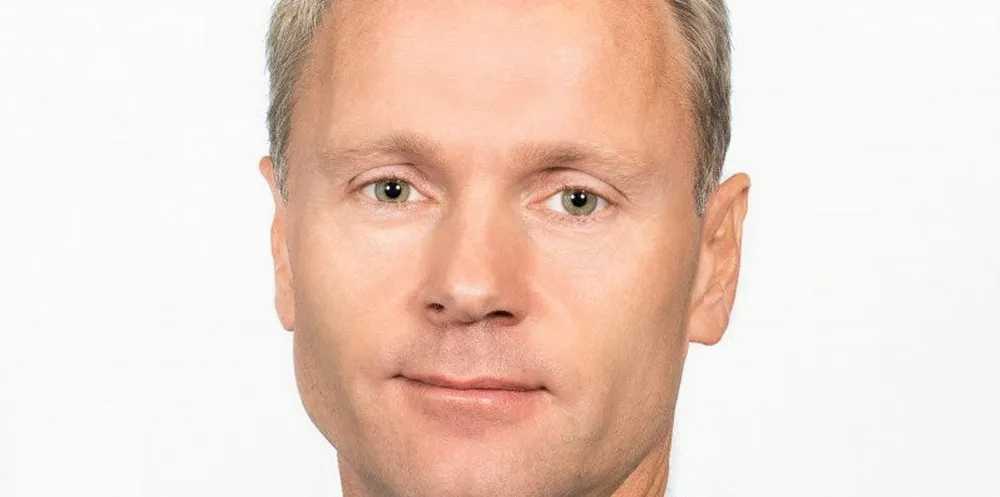Eneco and Equinor quit 'not future proof' tender in Dutch offshore wind blow
Mitsubishi-owned utility laments tender rules for 4GW Ijmujiden Ver (Far) sites have too high financial bid component and lessened weight of qualitative criteria

“These circumstances include high interest rates, high material costs and an uncertain electricity market,” Eneco said in a five-page appeal for a “new contract for offshore wind” to ensure that the development of offshore wind remains feasible in future tenders.
While Eneco and Equinor quit the tender, rival utility Vattenfall said it will bid for both sites of the Ijmuiden Ver tender under the name 'Zeevonk'. The Swedish utility's bid for the alpha site will stress environmental and biodiversity aspects, while its bid for the beta side will have a focus on system integration.
Vattenfall already operates 4.1 GW in offshore wind projects in the Netherlands, including the 1.5GW wind farm Hollandse Kust Zuid (HKZ) wind farm.
Eneco already operates four wind farms in the Dutch North Sea - Princess Amalia, Luchterduinen, Blauwwind and CrossWind – and is building a fifth, Ecowende.
While the Netherlands have been operating non-qualitative criteria in recent tenders that gave points for areas such as system integration, environmental factors, innovation or circularity, the current tender for the Ijmuiden Ver alpha and beta sites saw the emphasis shift, Eneco lamented.
“The qualitative criteria are still there, but in practice, they are less distinctive,” Eneco said.
“At the same time, the government has offered the option to win the tender by submitting a significantly higher financial bid.
“Not a relatively low fixed amount, but a maximum amount of €420m ($453m) per year, for 40 years.”
At the same time, market conditions for offshore wind energy have deteriorated significantly, the utility said, pointing to cost increases throughout the supply chain and uncertainty about power prices and possible sales volumes.
“The cost increases are caused by high steel and copper prices, supplier shortages and higher capital costs due to increased interest rates,” Eneco detailed.
“Furthermore, there is no certainty that we will be able to sell the electricity at the correct volumes and prices.
“In addition, a lack of capacity in the supply chain is a global problem. There is an increased ambition for the construction of offshore wind farms. This is positive, but at the same time, it creates greater demand, which is now facing a lack of production capacity. This also results in a higher cost price.”
To make offshore wind tenders more attractive again, Eneco suggests introducing contracts for difference (CfDs) as in the UK instead of negative bidding for the right to build a wind farm, bringing back the comparative test on the basis of qualitative criteria to the core of the tender, and holding combined tenders for wind and hydrogen at a number of locations.
Also, to reduce risks for developers, Eneco said it would be better to hold auctions for four 1GW sites, instead of one for two 2GW sites.
Interested parties can hand in bids for Ijmuiden Ver alpha and beta up to the late afternoon today, in what is the Netherland’s largest tender for wind at sea so far.